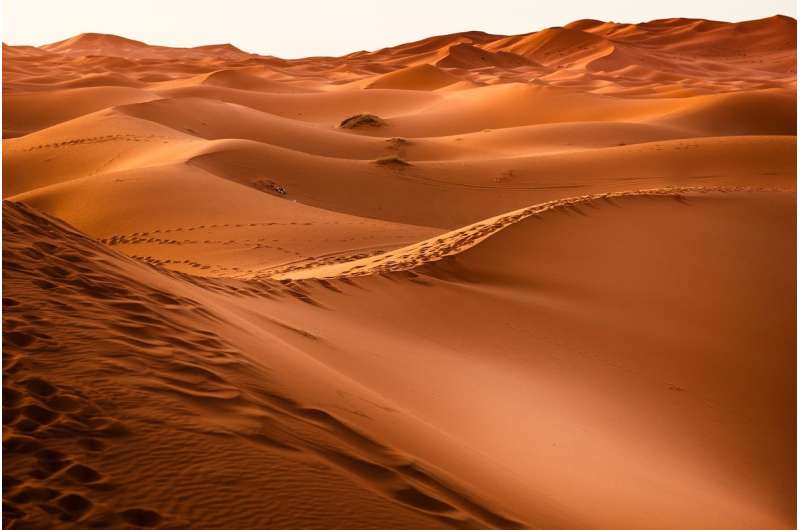Egyptian crop circles

This week, ESA is focusing on its core Basic Activities, which, for Earth observation, include preserving precious data. Long-time series of datasets are needed to determine changes in our planet's climate so it is vital that satellite data and other Earth science data are preserved for future generations and are still accessible and usable after many years.
This example includes a series of satellite images going back to 1998.
Egypt is over 95% desert, making a very small proportion of its land suitable for agriculture. As the demand for food grows, the need for agricultural development in desert areas has intensified.
This set of images shows an important land reclamation project in East Oweinat, in the Western Desert of Egypt.
Consisting of a long-time series of over 150 images captured by the US Landsat and the Copernicus Sentinel-2 missions, this comparison highlights how this agricultural project has developed between January 1998 and March 2019.
The circular shapes in the images, each approximately 800 metres wide, indicate the irrigation method used here, with water being supplied by a set of sprinklers rotating around a central pivot. Fossil water, stored underground for thousands of years, comes from the Nubian Sandstone Aquifer, the largest known fossil aquifer discovered.
The water in the East Oweinat area is low in salt content, making it ideal for cultivation purposes. Crops such as wheat, potatoes and barley are grown here, and are exported through the Sharq El Owainat airport, visible in the right side of the image.
Another interesting feature in this time series is the drifting sand dunes visible mainly in the upper left corner, which is a phenomena common in sandy deserts with constant winds.
Changes over the last 21 years are clearly visible when more fields develop, but the data also show other subtle changes within the fields themselves. This data can be used to monitor changes in land-cover over time. Long-term preservation of the satellite data from different missions ensures that changes to the land can be monitored by analysing data from the archives.
Provided by European Space Agency


















